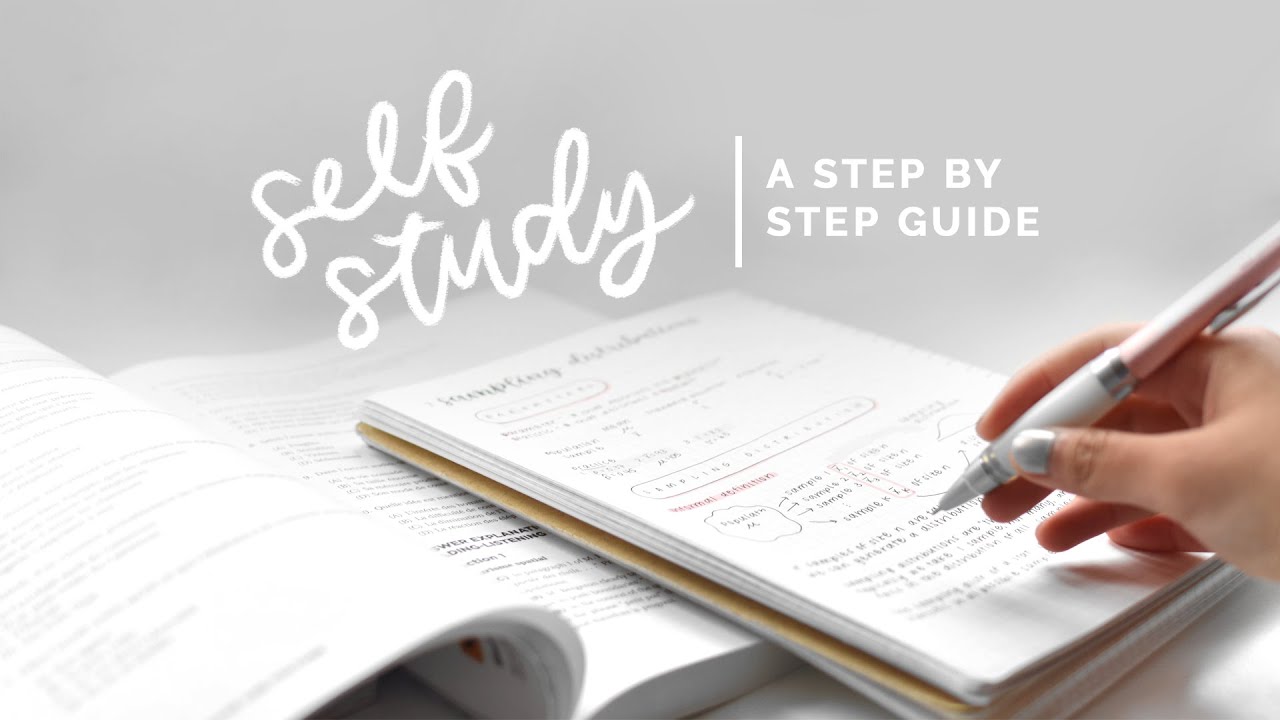3 Sources and Strategies to study Medieval History for UPSC & other exams | Manuj Jindal IAS AIR 53
Summary
TLDRThis video script offers a strategic guide for studying medieval Indian history, particularly for UPSC exams. It recommends the 'Medieval India' book by Satish Chandra and emphasizes the use of online maps for visualization. The speaker suggests organizing study into batches for easier revision and focusing on key areas such as literature, art, and significant historical figures. The importance of analyzing previous year questions is highlighted, along with the strategy of prioritizing topics that frequently appear in exams.
Takeaways
- 📚 The primary source recommended for studying medieval Indian history is the 'Medieval India' book by Satish, specifically the old edition for its comprehensive content.
- 🗺️ Online maps and images are suggested as supplementary resources to help visualize and remember historical events and rulers of different periods.
- 📁 The speaker offers to share a PDF file containing maps and notes on various periods and rulers, which were saved in Evernote, to aid in understanding the bigger picture.
- ❌ The new edition of the 'Medieval India' book is not preferred as it may not cover some of the questions that appear in exams like UPSC.
- 🔍 The use of Google search is encouraged to find additional images and information on rulers, architecture, and literature of the medieval period.
- 📝 Previous year questions are important for understanding the exam pattern and focusing on areas that frequently appear in exams.
- 📚 Studying should be done in batches, focusing on similar topics together, which can make revision easier and more efficient.
- ⏱️ The speaker suggests spending no more than 10 days on medieval history due to its relative importance in the UPSC syllabus.
- 🎯 Key focus areas for UPSC exams from medieval Indian history include literature, art, paintings, sculpture, Sufi and Bhakti movements, important figures, architecture, and significant battles.
- 📉 The speaker advises against spending too much time on topics that rarely appear in exams or are difficult to find information on, to avoid wasting study time.
- 📈 A strategy of learning in reverse triangle method is suggested, starting with the bigger picture and then focusing on smaller details for a more effective study approach.
Q & A
What is the primary focus of the video?
-The video focuses on how to study medieval Indian history for the UPSC exams, covering both prelims and mains.
What is the recommended primary source for studying medieval Indian history?
-The recommended primary source is the old NCERT book 'Medieval India' by Satish Chandra.
Why does the speaker suggest using the old NCERT book over the new one?
-The speaker believes the old NCERT book provides a more comprehensive perspective and includes details that are more relevant to the types of questions asked in the exams.
What supplementary materials does the speaker suggest using alongside the NCERT book?
-The speaker suggests using online maps, images, and visual aids to help remember and visualize historical facts.
What strategy does the speaker recommend for creating study notes?
-The speaker recommends making short notes on sheets of paper or in a notebook, focusing on key areas such as important battles, rulers, and cultural developments.
How should one approach the study of previous year questions (PYQs) according to the speaker?
-One should analyze PYQs to identify important topics and trends, focusing more on areas from which questions are frequently asked.
What are some key focus areas for medieval Indian history as per the UPSC exam pattern?
-Key focus areas include literature, art, paintings, architecture, Sufi and Bhakti movements, important battles, and significant figures like Akbar and Shivaji.
What method does the speaker use to organize the study of medieval Indian history?
-The speaker uses a reverse triangle method, starting with a broad understanding of the period and then focusing on smaller details.
Why does the speaker emphasize the importance of visualization in studying history?
-Visualization helps in better retention and recall of historical facts and events, making it easier to understand and remember the material.
What is the suggested duration for studying medieval Indian history for UPSC preparation?
-The speaker suggests dedicating around 10 days to study medieval Indian history, as it is not the most critical part of the UPSC syllabus but still essential for a comprehensive understanding.
Outlines

Esta sección está disponible solo para usuarios con suscripción. Por favor, mejora tu plan para acceder a esta parte.
Mejorar ahoraMindmap

Esta sección está disponible solo para usuarios con suscripción. Por favor, mejora tu plan para acceder a esta parte.
Mejorar ahoraKeywords

Esta sección está disponible solo para usuarios con suscripción. Por favor, mejora tu plan para acceder a esta parte.
Mejorar ahoraHighlights

Esta sección está disponible solo para usuarios con suscripción. Por favor, mejora tu plan para acceder a esta parte.
Mejorar ahoraTranscripts

Esta sección está disponible solo para usuarios con suscripción. Por favor, mejora tu plan para acceder a esta parte.
Mejorar ahoraVer Más Videos Relacionados

UPSC Prelims - Ancient & Medieval India Part - 1 #upsc #ancienthistory #ias #prelims #history

Political के लिए Laxmikant को कैसे पढ़ें ? || UPSC 2022 | laxmikant for Indian Polity | Prabhat Exam

how to self study 📚 a step by step guide

You Can Read and Remember Laxmikanth Easily by this Technique | Learn with Manuj Jindal IAS AIR 53

NEET 2025: Skip These Chapters ❌ | Focus on High Weightage Chapters🔥

😱UPSC Prelims Shocking Factor --How to Approach 3 Column Question | UPSC PYQ Analysis #upsc2025 #ias
5.0 / 5 (0 votes)
